
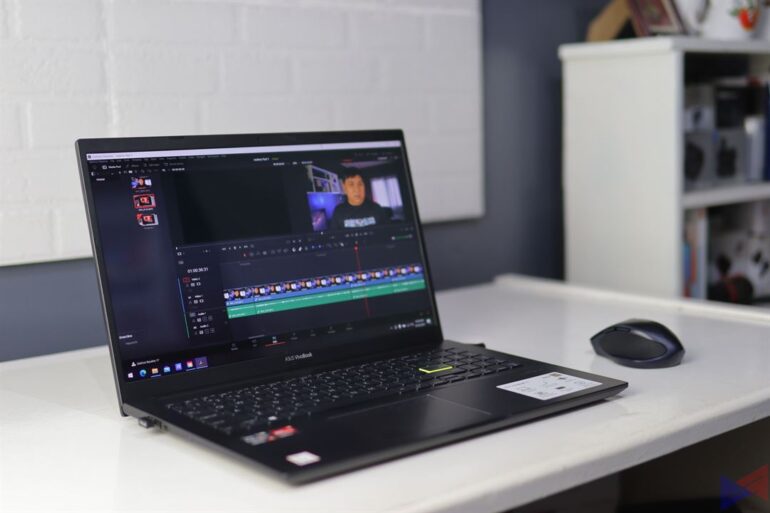
Part of my workflow as a content creator is producing videos, and apart from writing the script, to shooting the talking heads, b-rolls, and photos, one of the most challenging parts of the process is editing the clips to create an actual video that will be uploaded to YouTube or Facebook.
In that regard, I usually do the major editing on my desktop, which packs an AMD Ryzen 7 3700x and an RTX 3080 GPU. Not exactly the newest and greatest, but it’s more than enough to get the job done on a reasonable amount of time.
Another part of being an editor for Gadget Pilipinas is attending events in and out of the country. Of course, that’s not possible now due to the restrictions brought by the pandemic, but what if physical events return say, next year? That means I’ll need a device that can at least handle basic video editing, Photoshop, word processing, and spreadsheets – the top things that I do when working.
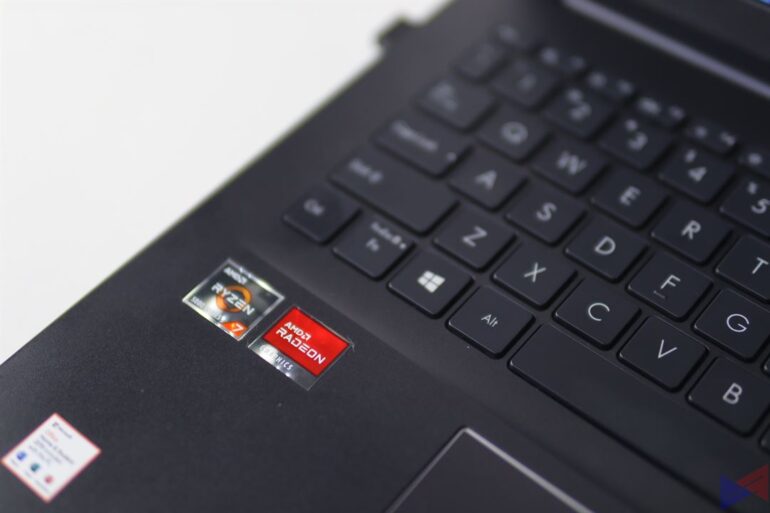
Now, I know that ASUS has dedicated laptops for this kind of work – the ZenBook Pro Duo and ZenBook 13 OLED are just a few of them. But what I have here is the ASUS Vivobook 15 OLED, the AMD version that’s powered by a Ryzen 7 5700U with Graphics.
Out of curiosity, I decided to see if it can handle my workload even close to how my desktop does.
Photoshop and Lightroom
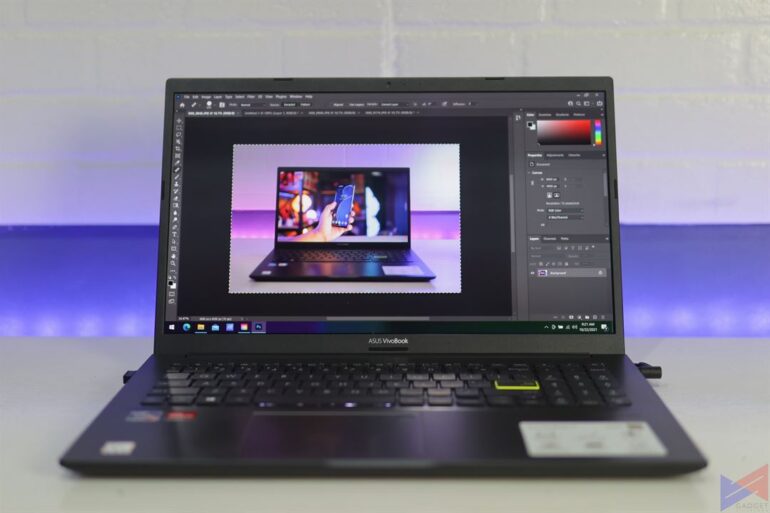
Apart from taking out unwanted artifacts, I usually use Adobe Photoshop 2021 to resize photos so that they would look nice on Facebook. Sometimes, I would also make graphics for our Facebook Page.
The ASUS Vivobook 15 OLED handled all these tasks with no major issues. Initial bootup was a bit slow, but once you’re in Photoshop, things eventually become smoother. Changing brush sizes was fast and taking out the artifacts, was lag-free.
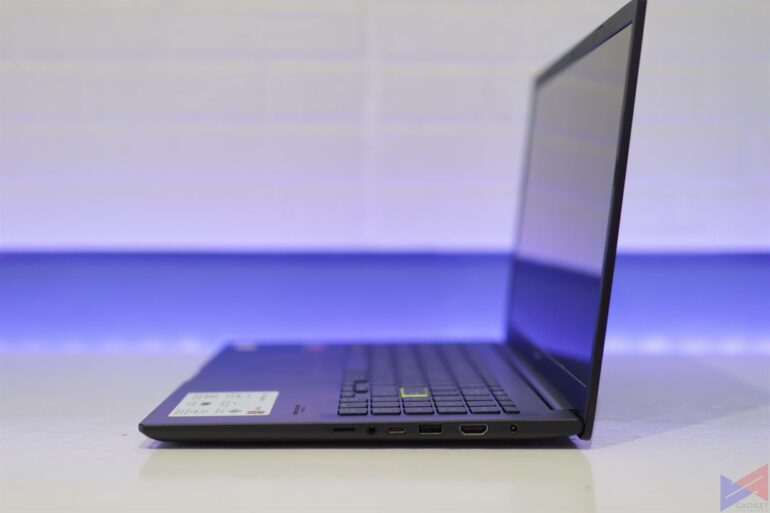
Thanks to the numerous connectivity options, especially the microSD Card Reader, I can easily transfer photos or videos from my camera or phone to the laptop without the need for any external readers or adapters.
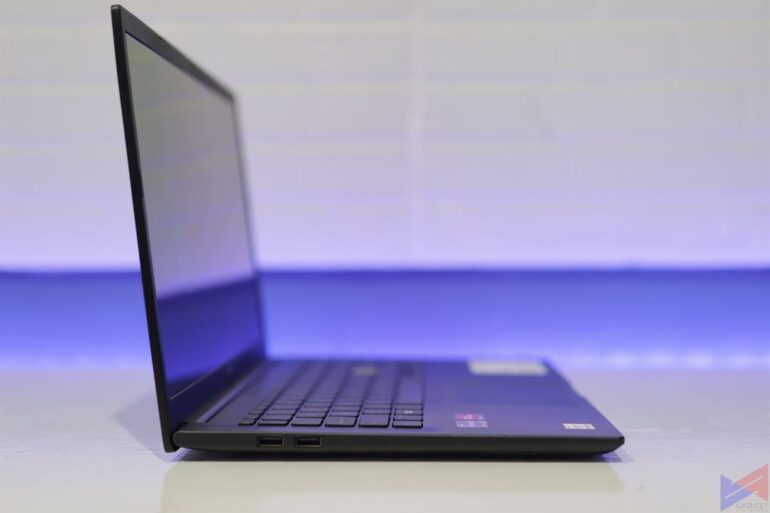
You also get a USB 3.2 Gen 1 Tye-A port, a USB 3.2 Gen 1 Type-C port, two USB 2.0 ports, an HDMI port for connecting the laptop to an external monitor, and an audio jack combo which I used to check for any audio issues in my video using my wired headphones.
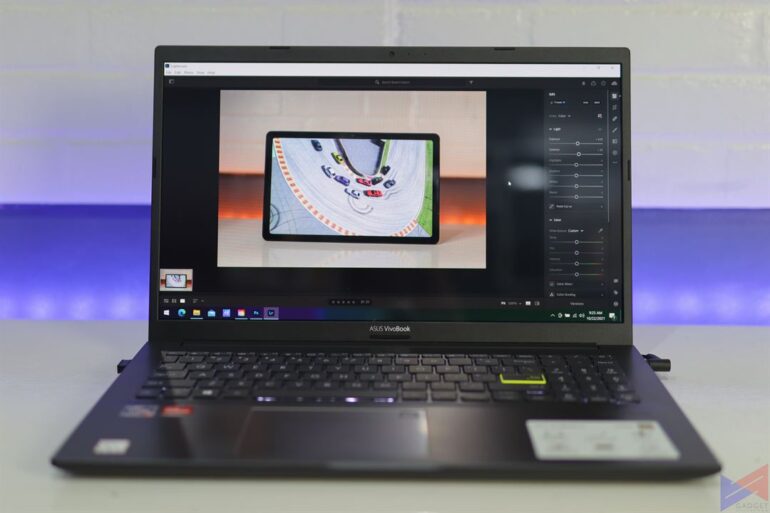
Occasionally I would also use Adobe Lightroom to touch up some raw photos that “need improvement.” In this regard, the laptop also managed to perform well, with adjustments taking effect almost immediately.
Video Editing with DaVinci Resolve
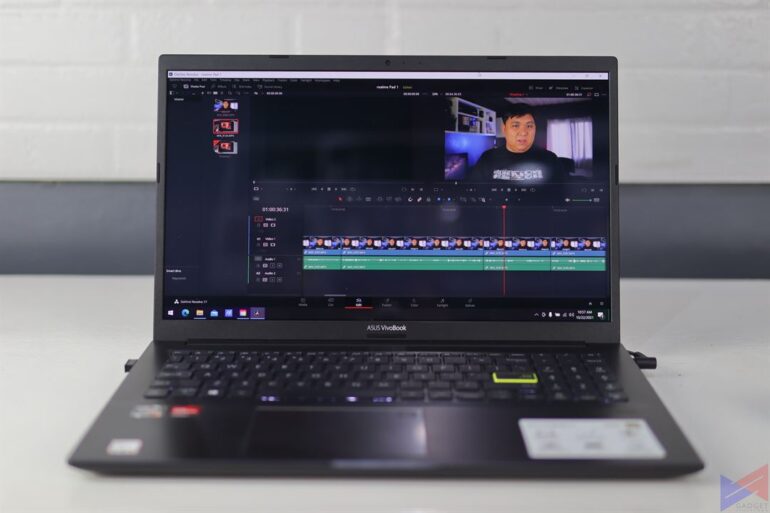
Perhaps the hardest task I’ve thrown on this laptop is having to deal with all my clips on Davinci Resolve 17, which is the tool I usually use to create what we post on YouTube.
I was expecting the laptop to struggle with me just playing the clips, but surprisingly, it didn’t. In fact, it performed well for what it had. I was able to trim my clips and stitch them together without issues, and I was also able to add b-rolls on top of the main a-roll, plus some text effects without problems.
On the flip side, playback on the preview window suffered from occasional stutters. Trimming each clip while playing through the entire video was not as responsive and snappy as when I’m using the desktop PC but is very manageable.
One of the biggest concerns for me was rendering time. When set to maximum performance, ASUS Vivobook 15 OLED was able to render a 4.5-minute 1080p 60fps clip – a combination of an a-roll, several b-rolls, and text, in around 7 minutes. That’s like half of an actual video that I usually do. Not bad at all.
I guess you can really use this for regular video editing, depending on how complex your actual video is. Ours isn’t with just two or three video tracks at most.
Of course, all those images and videos were viewing using the laptop’s 15.6-inch 1080p OLED screen that covers 100% of the DCI-P3 color gamut and is PANTONE-Validated.
Fact is, with the ASUS Vivobook 15 OLED, I am confident that I’ll still be able to create, edit, and publish video content when needed wherever I am. It’s not the fastest at rendering, nor is it the most snappy or smoothest when editing, but for its price, the experience is more than satisfactory for what I do. Price starts at PhP34,995 for the Intel version, and PhP42,995 for the AMD variant.
ASUS MW203 Multi-Device Wireless Silent Mouse
Oh, and to make things easier, I also used the ASUS MW203 Multi-Device Wireless Silent Mouse, which boasts a DPI of up to 2400 for precise control, up to 13 months of battery life, almost-silent mouse buttons, and switches that are rated for a 10 million click lifespan.
It only weighs 96 grams, and its ergonomic design combined with its rubberized sides allow for good grip and comfortable use. You can also switch from a multitude of connection types with just a click – RF 2.4 GHz, Bluetooth 5, or Bluetooth 3. It’s priced at PhP1,950.
For more information, click here.
The post Creating Content Using the ASUS Vivobook 15 OLED appeared first on Gadget Pilipinas | Tech News, Reviews, Benchmarks and Build Guides.
Source: Gadget Pilipinas
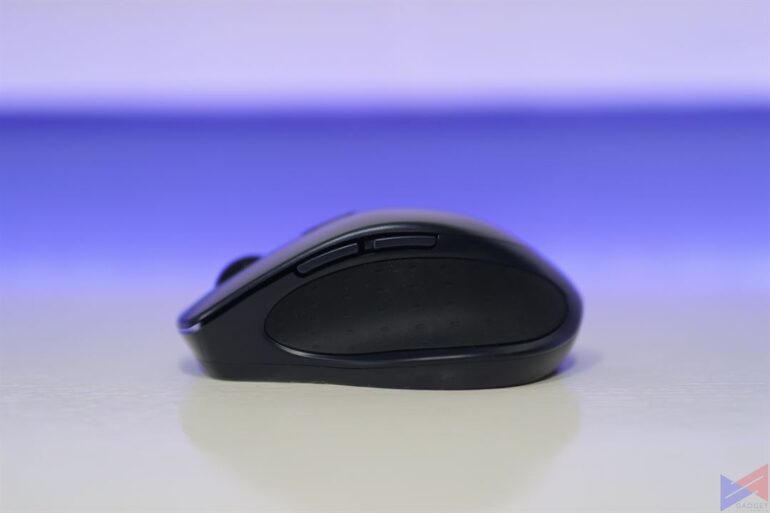
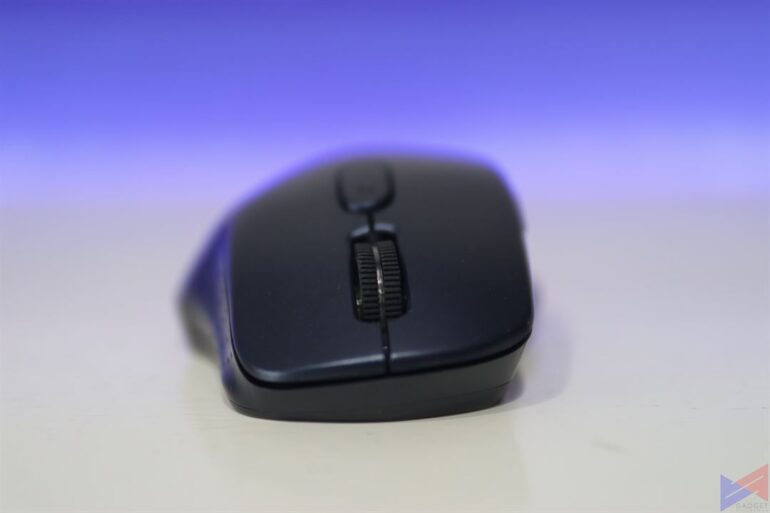
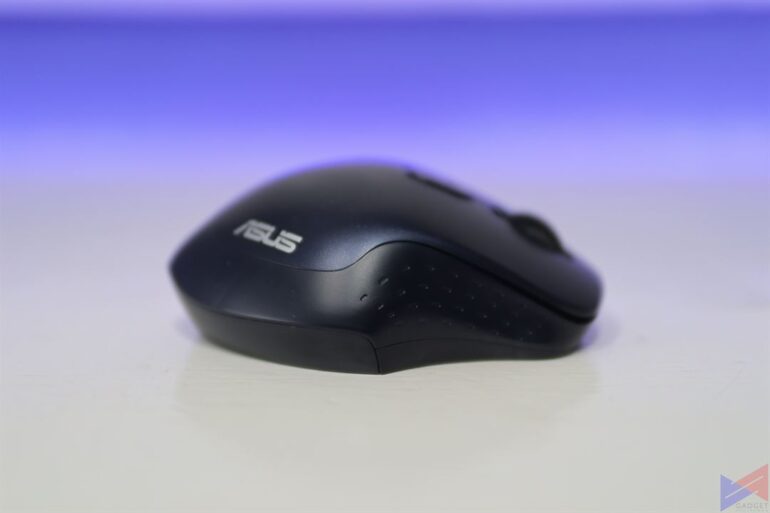
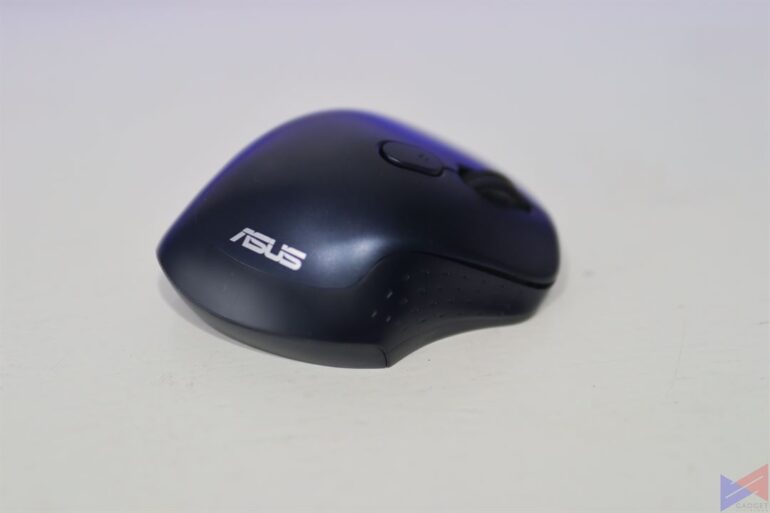

0 Comments